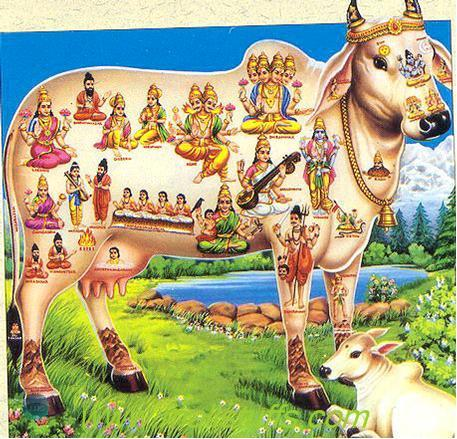Towering over the heart of ancient Rome, the Colosseum—also known as the Flavian Amphitheatre—stood not only as a marvel of engineering but as a crucible where Roman identity was forged in spectacle and blood. From gladiatorial combat to mock sea battles, the events held within its massive stone walls were more than mere entertainment—they were potent instruments of politics, social control, and cultural expression.
A Monumental Stage for Power and Unity
Completed in 80 CE under Emperor Titus, the Colosseum could hold up to 50,000 spectators. Its grand opening featured 100 days of games, including animal hunts, executions, and gladiator fights. Built on land previously occupied by Emperor Nero’s private palace, the Colosseum was a gift to the people—a symbol that imperial power belonged to the public.
It wasn’t just a building. It was a political statement:
A demonstration of Rome’s wealth and might.
A tool for emperors to gain popularity and legitimacy.
A space where social hierarchies were both reinforced and momentarily blurred, as elite and commoner alike attended the same events—albeit in different seating tiers.
Gladiator Games: Death with Applause
The most iconic form of Roman entertainment was the gladiator combat, where trained warriors—some slaves, some volunteers—fought one another or wild animals. Despite the violence, these battles were structured, with:
Different classes of gladiators, such as murmillo, retiarius, or secutor, each with unique armor and fighting style.
Rules, referees, and moments of mercy, especially if the crowd signaled for a spared life (missio).
Gladiators could become celebrities, and while many died, some won fame, freedom, and fortune. The games emphasized valor, endurance, and Roman martial values, offering a vicarious thrill for spectators and reinforcing ideals of strength and honor.
Venationes: The Power Over Nature
Another key spectacle was the venatio, or animal hunt. Exotic beasts like lions, elephants, crocodiles, and even giraffes were imported from across the empire. They were pitted against hunters, gladiators, or each other in elaborate mock environments.
These shows symbolized:
Rome’s domination over the natural world.
The extent of the empire’s reach—viewers could witness animals from lands they would never visit.
A gruesome spectacle that displayed Rome’s ability to conquer and tame chaos.
Executions and Morality Plays
Public executions—especially of criminals and prisoners—were scheduled during the midday lull. Sometimes they were dramatized as mythological reenactments: a man might be burned alive as Hercules, or torn apart as Prometheus. These spectacles served a dual function:
Deterrence and justice, visible to all.
A reinforcement of moral and civic order, dramatizing what happened to those who defied Roman authority.
Naumachiae: Sea Battles in the Arena
Though rare due to their complexity, naumachiae—mock naval battles—were among the most spectacular displays. Some accounts claim the Colosseum was temporarily flooded for these events, though more likely, they took place in specially built basins or earlier venues.
Still, the idea of recreating entire maritime conflicts in front of an audience shows the immense ambition of Roman entertainment and the willingness to blur the lines between theater and warfare.
Social Control Through Spectacle
The phrase “bread and circuses” (panem et circenses) coined by Juvenal encapsulates the political function of such games. As long as the people were fed and entertained, they would not revolt. The games:
Distracted from political dissatisfaction.
Fostered loyalty to emperors who provided them.
Helped forge a shared Roman identity, uniting citizens in awe and adrenaline.
Importantly, attending the games was also a civic ritual. Emperors, senators, merchants, and plebeians all had their place in the stands. Participation in the games—whether as viewer or fighter—was an expression of belonging to the Roman world.
Legacy of the Arena
The Colosseum’s influence is vast and lasting:
Its architectural innovations (like the hypogeum, elevators, and crowd control design) inspired amphitheaters worldwide.
Its spectacles shaped Western concepts of drama, competition, and public punishment.
Today, it stands as a UNESCO World Heritage site, a haunting reminder of the duality of Roman greatness—its brilliance and brutality.







